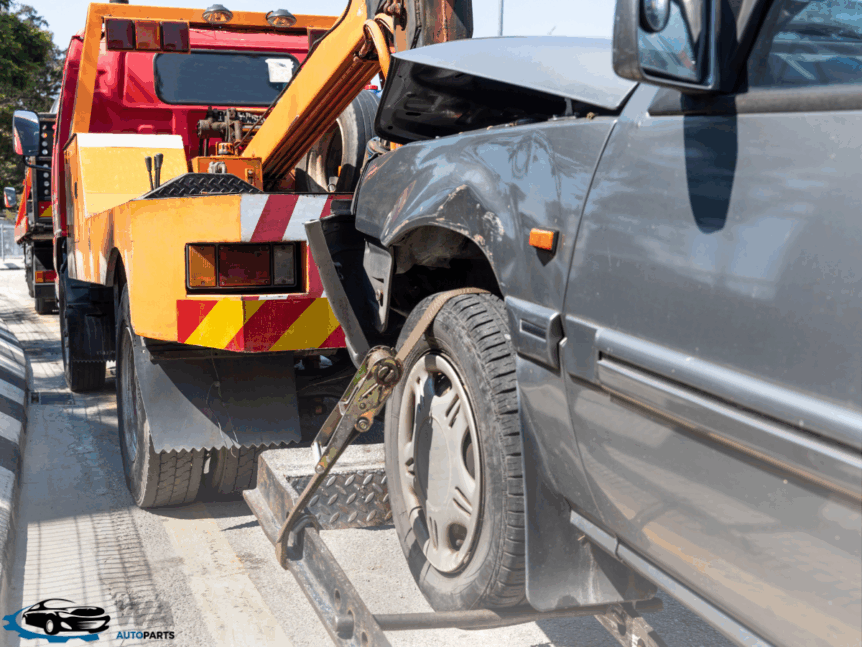
Car's Radiator
Is your car overheating or leaking coolant? It might be time to replace your car’s radiator. The radiator is an essential part of your car’s cooling system, and a damaged or malfunctioning radiator can cause serious damage to your engine. In this article, we will guide you through the process of replacing your car’s radiator.
What is a Radiator and How Does it Work?
Before we dive into the replacement process, let’s first understand what a radiator is and how it works. A radiator is a part of your car’s cooling system that helps regulate the engine’s temperature. As your car’s engine runs, it produces heat. The radiator dissipates this heat by using a coolant to transfer the heat away from the engine and into the air. The coolant then returns to the engine to repeat the cycle.
Signs You Need to Replace Your Radiator
There are several signs that your car’s radiator may need to be replaced. Here are a few of the most common:
- Your car is overheating
- You notice coolant leaking from your car
- There is rust or corrosion on your radiator
- Your car’s engine is making strange noises
If you notice any of these signs, it’s essential to address the issue promptly. A damaged or malfunctioning radiator can cause serious damage to your engine, and replacing the radiator is the best course of action.
Tools and Materials You’ll Need
Before we start the replacement process, you’ll need to gather the necessary tools and materials. Here’s what you’ll need:
- New radiator
- Coolant
- Socket wrench set
- Screwdrivers
- Pliers
- Hose clamp pliers
- Drain pan
Step-by-Step Guide to Replacing Your Car’s Radiator
Now that we have our tools and materials, let’s dive into the step-by-step process of replacing your car’s radiator:
Step 1: Drain the Coolant
The first step is to drain the coolant from your car’s radiator. To do this, place the drain pan underneath the radiator and remove the drain plug. Allow the coolant to drain completely.
Step 2: Remove the Radiator Hoses
Once the coolant has been drained, it’s time to remove the radiator hoses. Use your hose clamp pliers to loosen the clamps, and then carefully remove the hoses from the radiator.
Step 3: Remove the Radiator
Next, you’ll need to remove the old radiator. Start by disconnecting any electrical connections and removing the mounting bolts. Carefully lift the radiator out of the car, taking care not to damage any of the surrounding components.
Step 4: Install the New Radiator
Now it’s time to install the new radiator. Carefully lower the radiator into place and reconnect any electrical connections. Replace the mounting bolts and tighten them securely.
Step 5: Reattach the Radiator Hoses
Once the new radiator is in place, it’s time to reattach the radiator hoses. Use your hose clamp pliers to tighten the clamps and ensure a secure connection.
Step 6: Fill the Radiator with Coolant
With the hoses reattached, it’s time to fill the radiator with coolant. Use the funnel to pour the coolant into the radiator until it reaches the fill line.
Step 7: Start the Engine and Check for Leaks
Finally, it’s time to start your car’s engine and check for leaks. Allow the engine to run for a few minutes and keep an eye out for any leaks. If you notice any leaks, turn off the engine and address the issue before driving the car.
Gather the necessary tools and materials
Before you begin the replacement process, make sure you have all the necessary tools and materials on hand. Here are some of the tools and materials you will need:
- A new radiator
- Coolant
- Screwdriver
- Pliers
- Socket wrench set
- Hose clamp pliers
- Drain pan
- Funnel
- Clean rags
Remove the old radiator
To remove the old radiator, start by draining the coolant. Place a drain pan beneath the radiator and remove the drain plug or valve to allow the coolant to drain. Once the coolant has drained, disconnect the hoses and remove any mounting brackets or screws holding the radiator in place. Be sure to keep track of where each bracket and screw goes so you can reattach them later.
Install the new radiator
Once the old radiator has been removed, it’s time to install the new one. Begin by placing the new radiator in the same position as the old one and reattaching any mounting brackets or screws. Next, reconnect the hoses, making sure they are secured tightly with hose clamps. Finally, refill the radiator with coolant using a funnel and replace the radiator cap.
Test the new radiator
After the new radiator has been installed, it’s important to test it to make sure everything is working properly. Start the engine and allow it to run for several minutes. Check for leaks around the hoses and connections. If everything looks good, take the car for a test drive to make sure the engine is operating at the proper temperature.
Properly dispose of the old radiator
It’s important to dispose of the old radiator properly. You can take it to a recycling center or automotive repair shop that accepts old radiators. Some shops may even offer you a small amount of money for the old radiator.
Regularly maintain your car’s cooling system
Replacing your car’s radiator is just one step in maintaining your car’s cooling system. It’s important to regularly check the coolant level and keep an eye out for any leaks or other issues. You should also have your car’s cooling system inspected and serviced regularly by a qualified mechanic.
Replacing your car’s radiator may seem like a daunting task, but with the right tools and instructions, it can be done easily and safely. By following these steps and taking proper care of your car’s cooling system, you can help ensure that your car runs smoothly and lasts for years to come.





